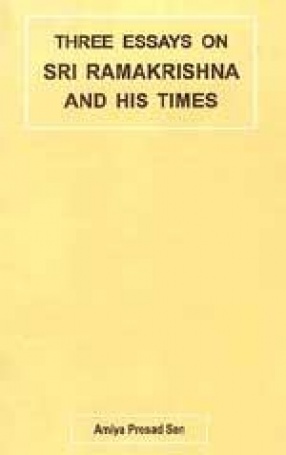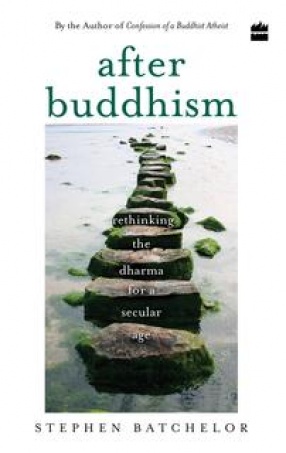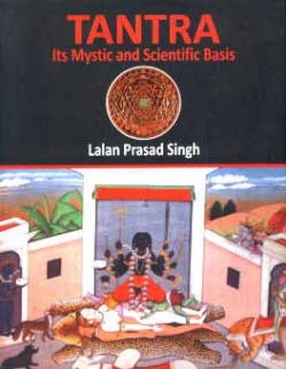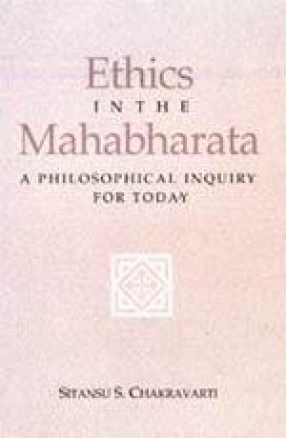This monograph critically analyses the life and times of the world-renowned Bengali mystic, and brings out historical circumstances under this great saint of India became popular as well as the universal nature of Hindu cultural, social and religious ethos of India. In essence, this collection of essays represents a contribution towards the writing of social history, more so the social and intellectual history of religion. Thematically, these essays deal with the life and times of the famed Bengali mystic Sri Ramakrishna Paramhamsa (1836-86) and seek to bring out in clearer relief, the dialogic process that tied the saint to his many admirers, across time and tradition. One of the important arguments of this work is that while specific historical conjunctures as say the colonial society of late 19th century Bengal do explain why certain elements of the saint’s life and teachings become attractive for several stratas in contemporary society, his popularity as a social being or importance as a religious figure has also to be understood outside such short term temporalities. Not all of the Ramakrishna that we know is the tendentious construction of the contemporary bhadralok. A good part of his appeal also seems to lie in the fact that his preachings and parables reflect a fairly continuous history of certain upper-caste cultural beliefs and practices.
Three Essays on Sri Ramakrishna and his Times
In stock
Free & Quick Delivery Worldwide
Bibliographic information
Title
Three Essays on Sri Ramakrishna and his Times
Author
Edition
1st ed.
Publisher
ISBN
8185952876
Length
158p.
Subjects





There are no reviews yet.